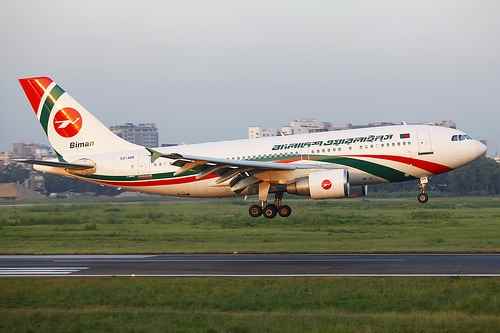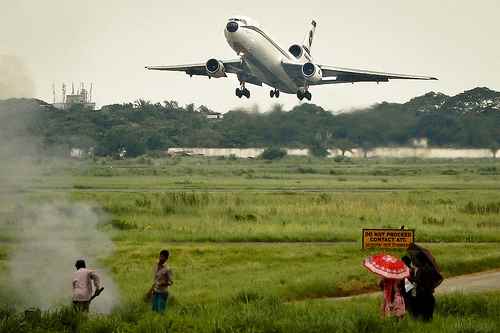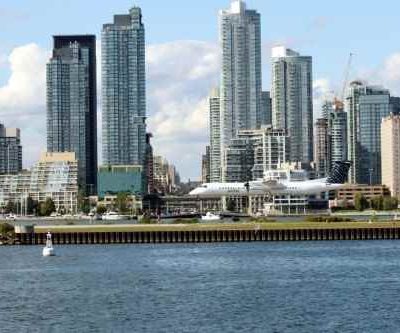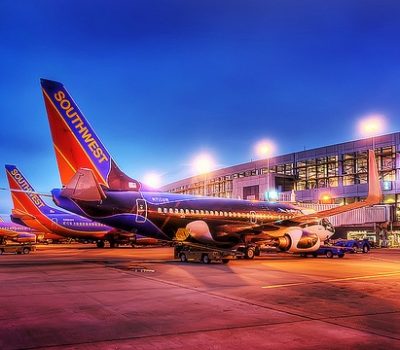
Biman Bangladesh Airlines Endures a Turbulent Ride
Photo credit: Faisal Akram
Bangladesh has yet to become one of the world’s top tourist destinations, but its natural beauty, capturing culture and unique history make it a country that shouldn’t be missed. Those who have traveled, or will be traveling, to Bangladesh know that Biman Bangladesh Airlines is the country’s flag carrier. Biman Bangladesh Airlines connects this colourful country with the rest of the world.
Biman Bangladesh Airlines is operated out of a main hub at Dhaka’s Shahjalal International Airport. Although, the company operates secondary hubs at Osmani International Airport in Sylhet and Shah Amanat International Airport in Chittagong. The airline connects passengers and cargo with 16 different countries across Europe and Asia.
The Bengali carrier dates back to Jan. 4, when the Bangladesh Biman Ordinance was created following the country’s independence. Domestic flights connecting Dhaka to Jessore, Sylhet and Chittagong began in February of the same year. International flights to London cameshortly after in March of 1972. In the airline’s very first year of operation, 1,079 flights took to the air and 380,000 passengers were carried.

Photo credit:
In 1973, the previously once-weekly London flight increased to two times per week, and a Chittagong to Kolkata flight went into operation. Karachi, Mumbai, AbuDhabi and Singapore were quickly added to Biman Bangladesh Arlines’ list of destinations. Doha, Jeddah, Kuala Lumpur, Athens, Tripoli, Muscat and Amsterdam followed shortly after. The late ’70s and ’80s saw profit and even more destinations added to the airline’s expanding list.
The 1990s were tougher on the company than its first two decades. Growing losses in the tail part of the ’90s bled over into the early 2000s. The Bengali government offered 40 percent of Biman Bangladesh Airlines to foreign carriers in 2004, but numerous airlines ignored the offer, because of Biman’s desire to keep decision-making rights.
Biman Bangladesh Airlines was growing an undesirable reputation for untimely departures and poor customer service. The aging fleet made it difficult for Biman to maintain its flight schedule, as the aircraft suffered from mechanical problems, leading to flight delays and cancellations.

Photo credit:
In May of 2007, the Caretaker Government of Bangladesh approved the idea to turn Biman Bangladeshi Airlines into a public limited company. Just a few months later, on July 23, 2007, the carrier became the biggest public limited company in the country. The deal led to the modernization of the airline’s fleet and facilities, which led to a higher level of customer satisfaction.
Recent years have seen even more modernization in the Biman Bangladesh Airlines fleet. Two Boeing 777-200ER aircraft were leased from EgyptAir in 2014, and plans to expand the fleet even further are now underway. Biman is also resuming its domestic flights to Jessore, Cox’s Bazar, Barisal, Rajshahi and Saidpur, to give Bengali residents and travelers easier access to the rest of the country.
The bumpy road for Biman Bangladeshi Airlines isn’t over yet, but the future looks promising, and the company expects you’ll be seeing their logo at more airports across the globe in coming years.




